Views
86
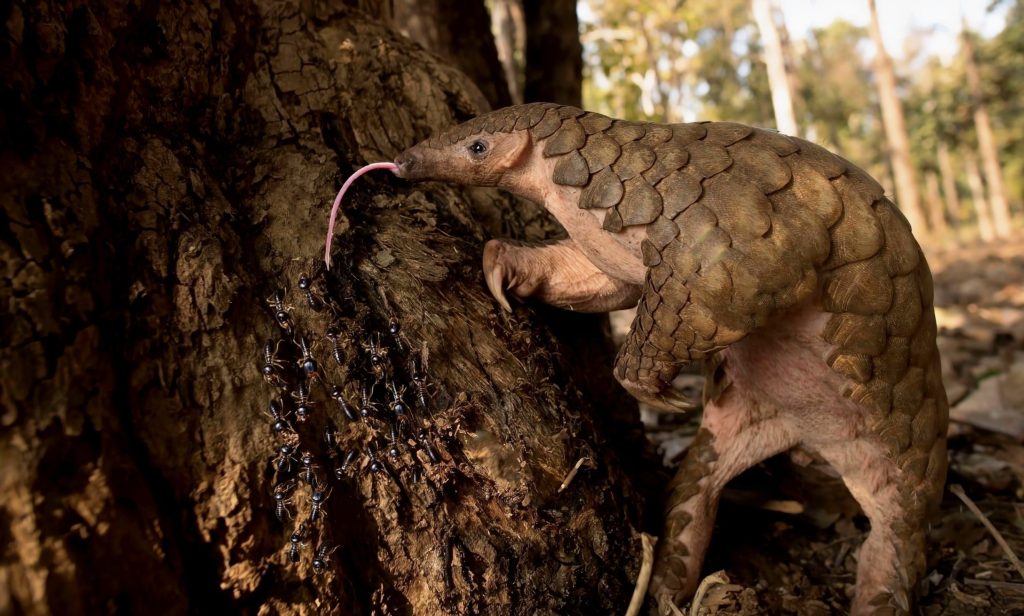
Imagine a place where the soil, hidden beneath every step, contains the secrets of ancient plant life that have gathered over millennia and are preserved in thick, wet layers. Peatlands are among nature’s most potent partners in the battle against climate change because of their secretsvast reservoirs of carbon. Peatlands are more than just damp landscapes; they are actually the most effective carbon vaults on Earth. This fact is frequently disregarded and misinterpreted. These ecosystems store twice as much carbon as all of the world’s forests combined, but making up only 3% of the planet’s surface area (Joosten, 2012).
Peatlands, however, are more than just statistics. Brimming with richness, these ethereal settings are home to rare species and hardy plant life. Grow-Trees.com is working with these unsung carbon heroes through our “Trees for Sunda Pangolins” project to protect them and use their strength for a planet that is easier to live on. In addition to assisting in the restoration of a vital ecosystem, planting trees in degraded peatland areas provide a haven for the endangered Sunda Pangolin.
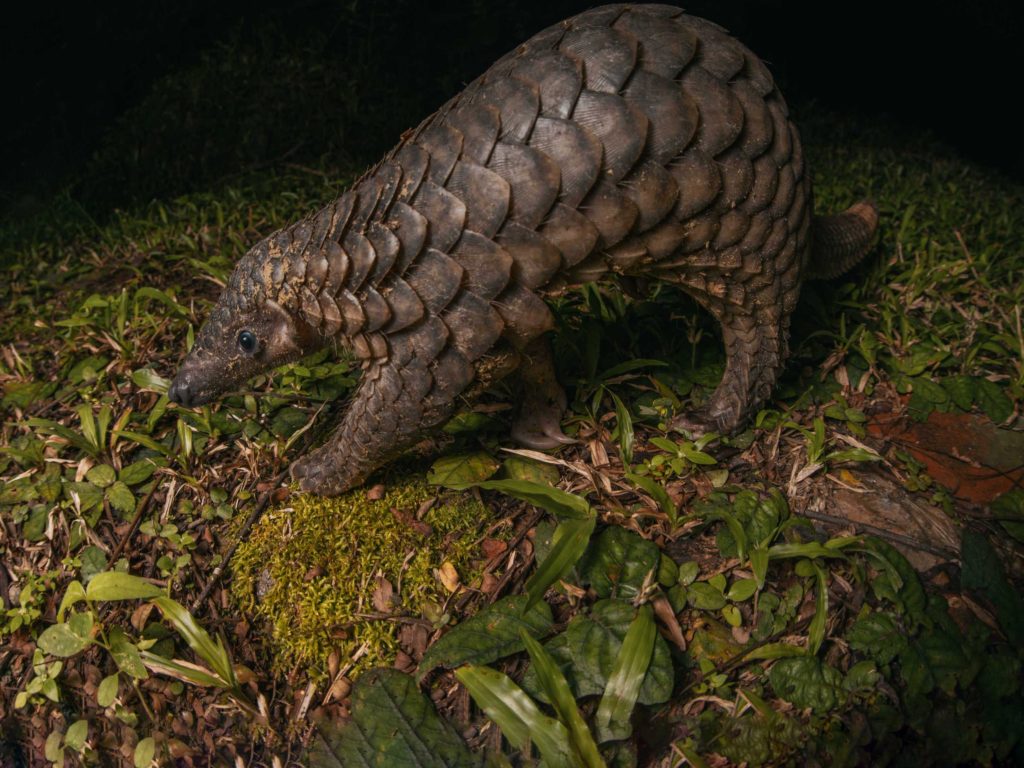
What Are Peatlands?
Peatlands are wet places where a dense layer of peat soil is created over thousands of years by the accumulation of decomposing plant matter. Although they can occur in moderate climes, these ecosystems are mainly found in tropical and boreal locations (Strack, 2008). Peatlands are distinguished by their wet state, which slows down decomposition and causes the accumulation of organic matter that is high in carbon.The water-saturated conditions prevent plant material from fully decomposing, leading to a buildup of carbon-rich organic matter. Over time, this stored carbon remains locked in the soil for millennia, making peatlands one of the most effective natural carbon sinks.
Peatlands play a huge part in sequestering carbon. Peatlands contain 500 gigatons of carbon, which is twice as much as all of the world’s forests combined, and cover over 500 million hectares globally, according to the International Union for Conservation of Nature (IUCN, 2021). They are therefore among the best natural carbon sinks. Peatlands have the ability to continuously sequester carbon over extended periods of time, in contrast to forests, whose carbon storage varies as a result of growth and deforestation. They are the planet’s most effective long-term carbon stores when left alone.
However, massive volumes of carbon dioxide (CO2) are released into the atmosphere when peatlands are destroyed, usually by drainage for construction or agriculture, which contributes to climate change. Every year, drained or degraded peatlands contribute about 5% of the world’s CO2 emissions (Leifeld & Menichetti, 2018). Restoring peatlands is therefore essential to lowering greenhouse gas emissions worldwide.
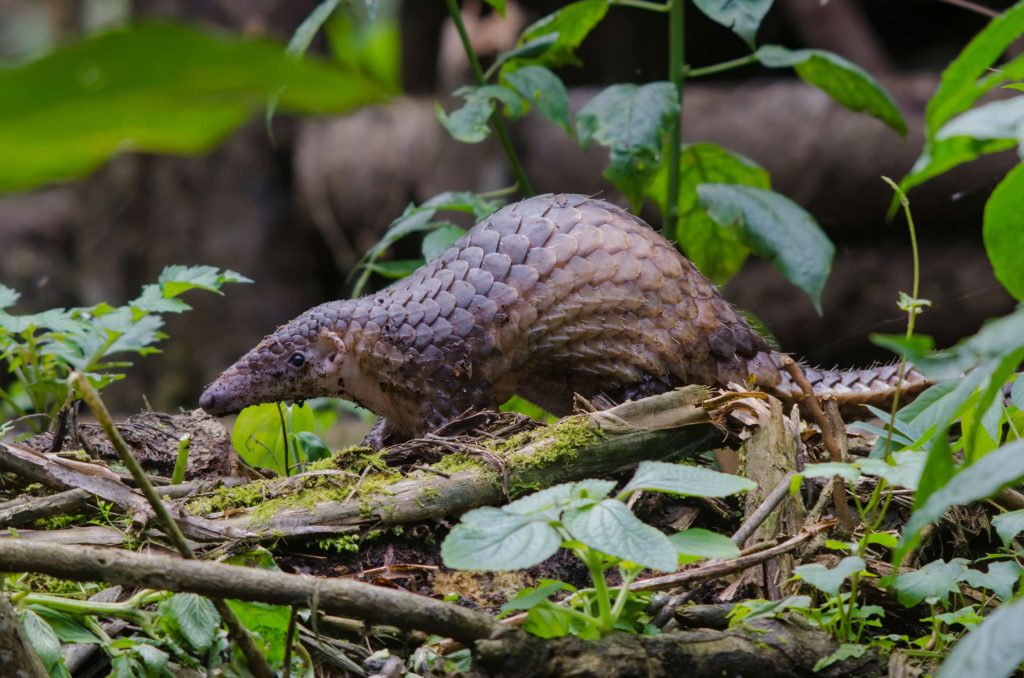
At Grow-Trees.com we recognise peatlands’ enormous potential, especially with regard to our “Trees for Sunda Pangolins” project in Lela village, West Kalimantan Province, Indonesia. We aim to plant trees on damaged peatlands to improve their carbon sequestration capacity and to create habitat for the critically endangered Sunda Pangolin.
Afforestation provides several advantages for peatland restoration:
Planting trees provides habitat for a variety of species:
The project aims to create a dense canopy:
This initiative aids in reforestation of forest regions affected by frequent fires:
Indonesias forests have suffered significant loss:
The effects of deforestation have been widespread:

Numerous species, many of which are unique to peatlands, can be found there. These wetlands are home to unusual flora, fauna, and microbes that flourish in their moist habitats. Sadly, peatlands are frequently drained for urbanisation or agricultural purposes, which results in the loss of habitat for animals like the Sunda pangolin.
By planting native tree species that provide habitat for pangolins and other wildlife, we hope to restore these ecosystems through our project. Restoring healthy peatlands will protect biodiversity and ensure carbon sequestration.
Although peatlands are sometimes disregarded in discussions about the global climate, there is no denying their role in storing carbon and reducing global warming. We can fully realise these ecosystems’ potential as nature’s carbon champions by preserving and rehabilitating them. Grow-Trees.com is dedicated to this goal, and you can also be a part of this change.
Peatlands provide an unavoidable natural remedy in the fight against climate change. We can guarantee that these overlooked allies continue to play their vital role in carbon sequestration and biodiversity conservation by reforesting and restoring their habitat.
To know more, check our website or mail us at info@grow-trees.com
Subscribe to our newsletter and recieve a selection of our cool articles every week.
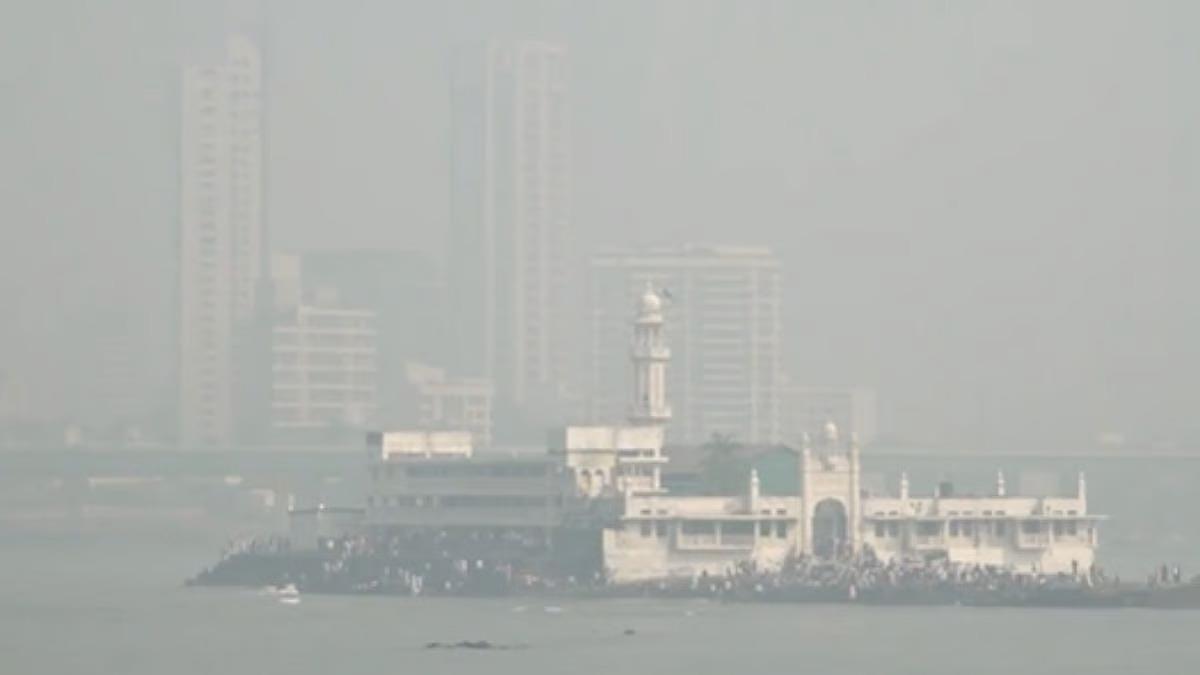
When Mumbai’s Morning Haze No Longer Feels Like Home
Mumbai Weather Update: AQI Turns Severe as Thick Haze Persists, Free Press Journal (FPJ).
Nov 24, 2025
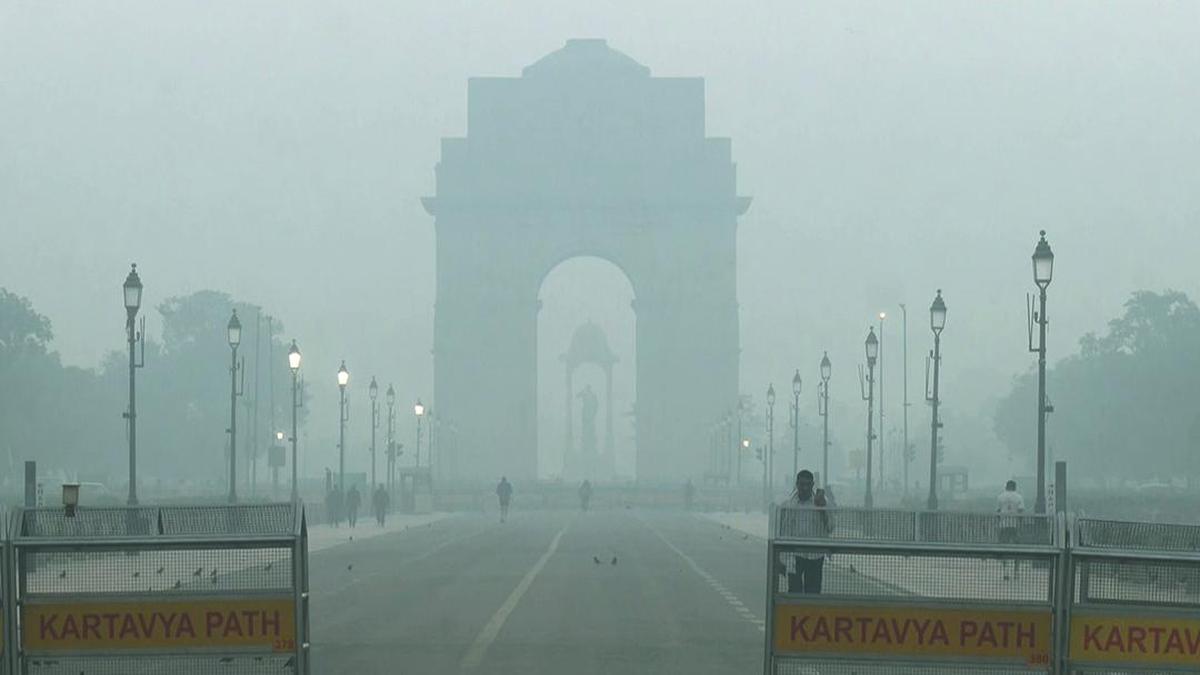
Delhi Is Gasping Again, And This Time, Even the Clouds Refused to Help
Delhi is choking again. AQI levels have slipped into the ‘severe’ zone, cloud seeding failed, and emergency measures barely make a dent. Because the city doesn’t need one-off fixes, it needs long-term healing. Trees remain the simplest, most effective answer. They absorb carbon, trap dust, cool the air, and act as natural lungs. If Delhi wants cleaner winters, it needs more green cover, not just temporary interventions. Clouds may not cooperate, but trees always will.
Nov 17, 2025
Copyrights @ 2025 All rights reserved by Pangea EcoNetAssets Pvt Ltd.